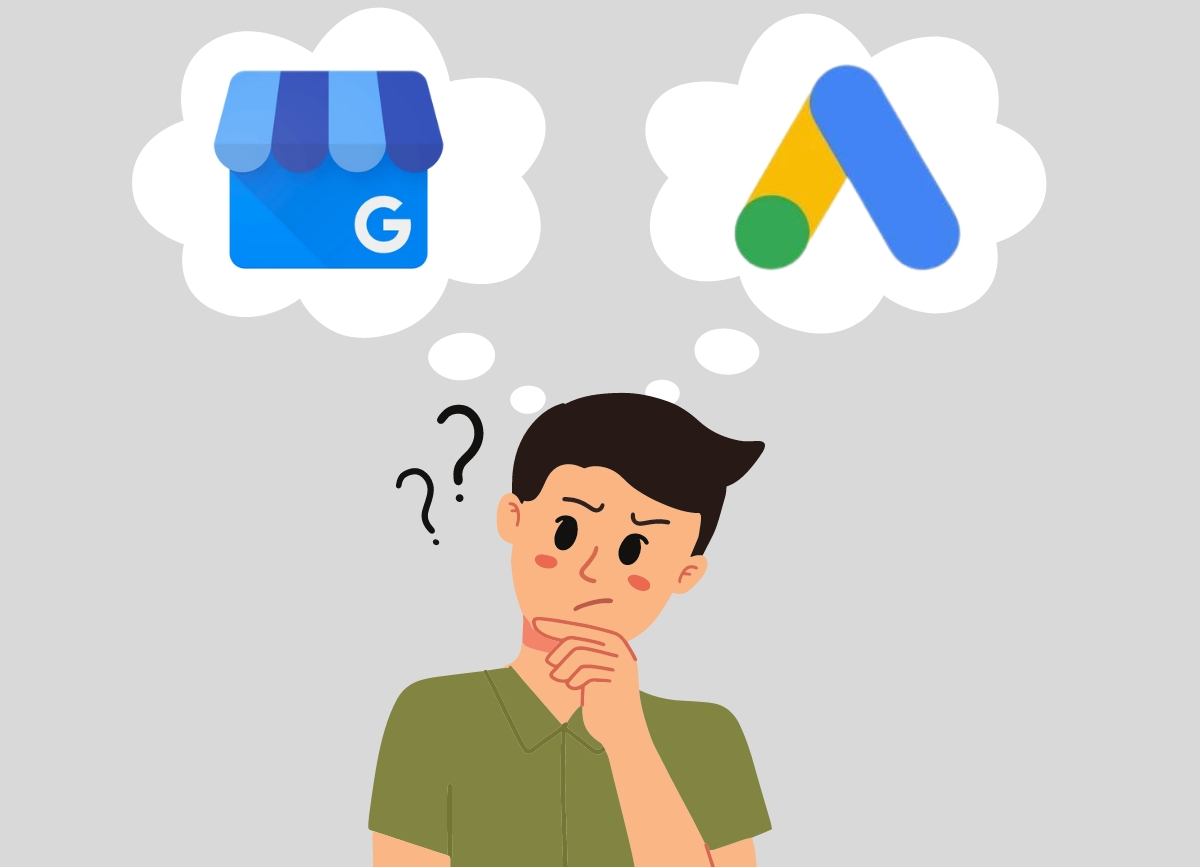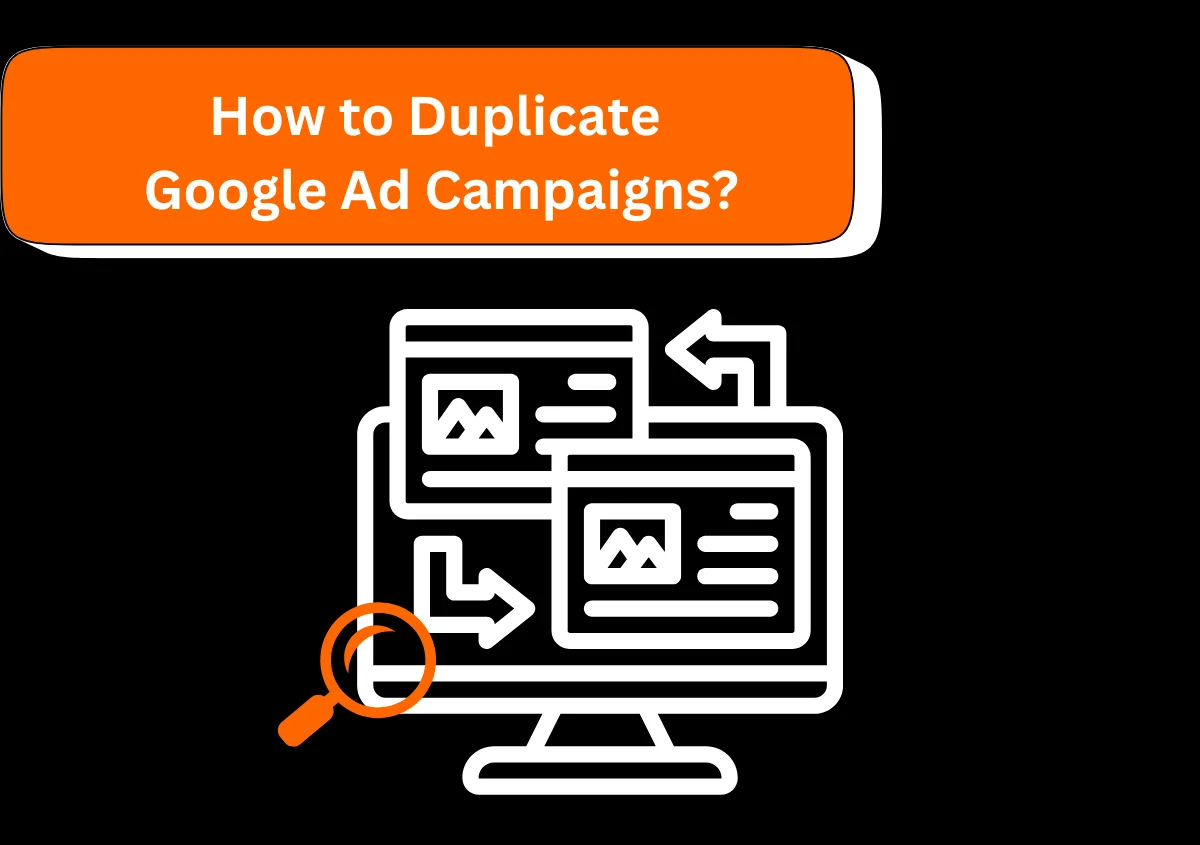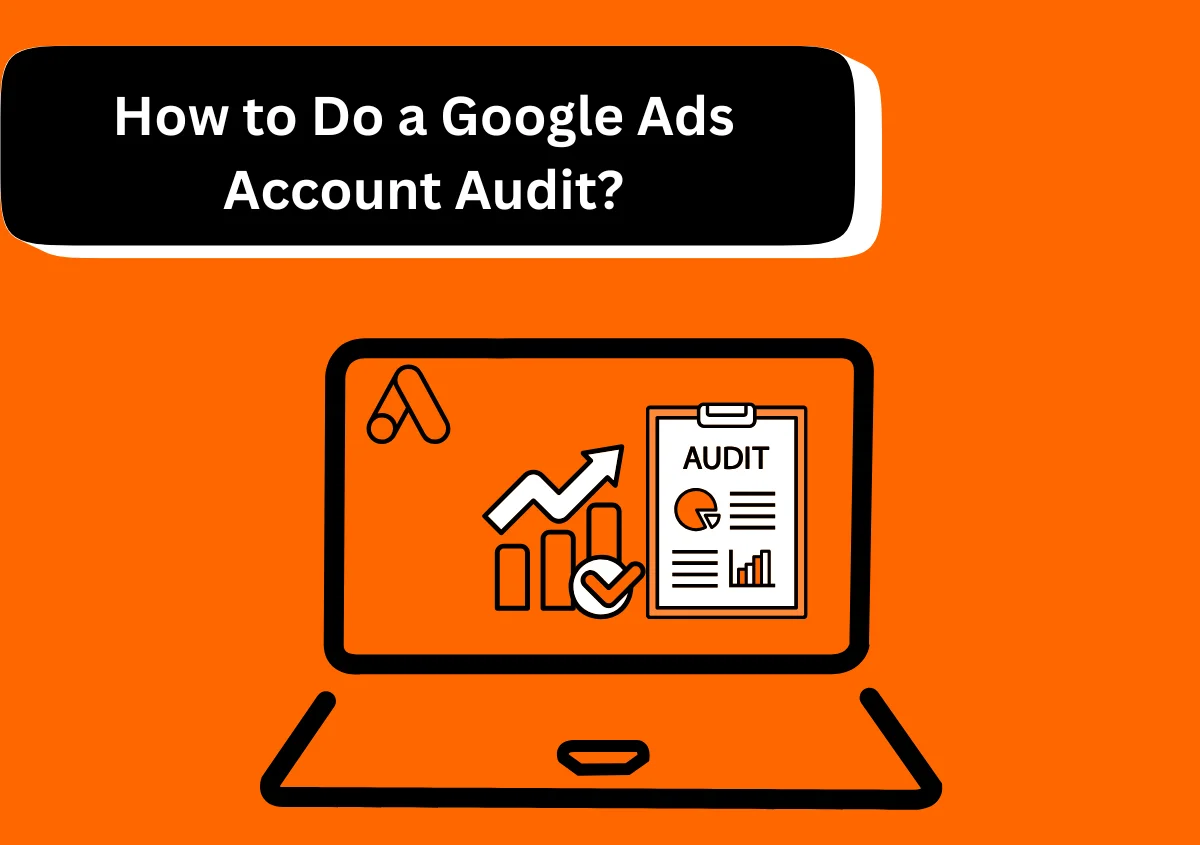For small businesses, tapping into the pool of nearby customers interested in purchasing your products or services is key. You may already have spent hours and resources creating an eye-catching website, spending money on Google Ads, etc. However, you are most likely missing one significant opportunity: Google Local Service Ads (LSAs).
However, before delving too deeply into business advertising and marketing, one should become familiar with the options available. We are not referring to being aware of different channels and marketing types. It’s about understanding what is truly involved, its benefits, and whether they are a good fit for your small business.
While many of you may have experience with and have invested in Google Ads campaigns, there is still a significant missing link in using Local Service Ads. For small businesses, this oversight can translate to a vast percentage of your local audience not being reached through marketing efforts.
We know that Local Service ads (LSAs) are another form of paid search ads. But what are LSAs? How do they differ from standard Google Ads, sometimes dubbed pay-per-click? Moreover, what is involved in creating ads for LSAs?
Let’s learn more.
Google Ads: What are They?

Google PPC Ads has been one of the pillars of online marketing for many years now. This is how businesses get discovered by appearing at the top of search engine results pages.
The idea is simple:
- Sign up for a Google Ads account and pick the campaigns you want to run.
- Choose the length, frequency, and other necessary details.
- Instead of paying a huge upfront advertising cost, you pay a small fee every time someone clicks on your ad.
- For the most part, the PPC ads will appear in other areas of the SERP: the middle, bottom, or sides of the page.
- But with LSAs, they consistently appear on top of SERPs, making them highly preferred for best outcomes.
Google Local Service Ads: What Are They?
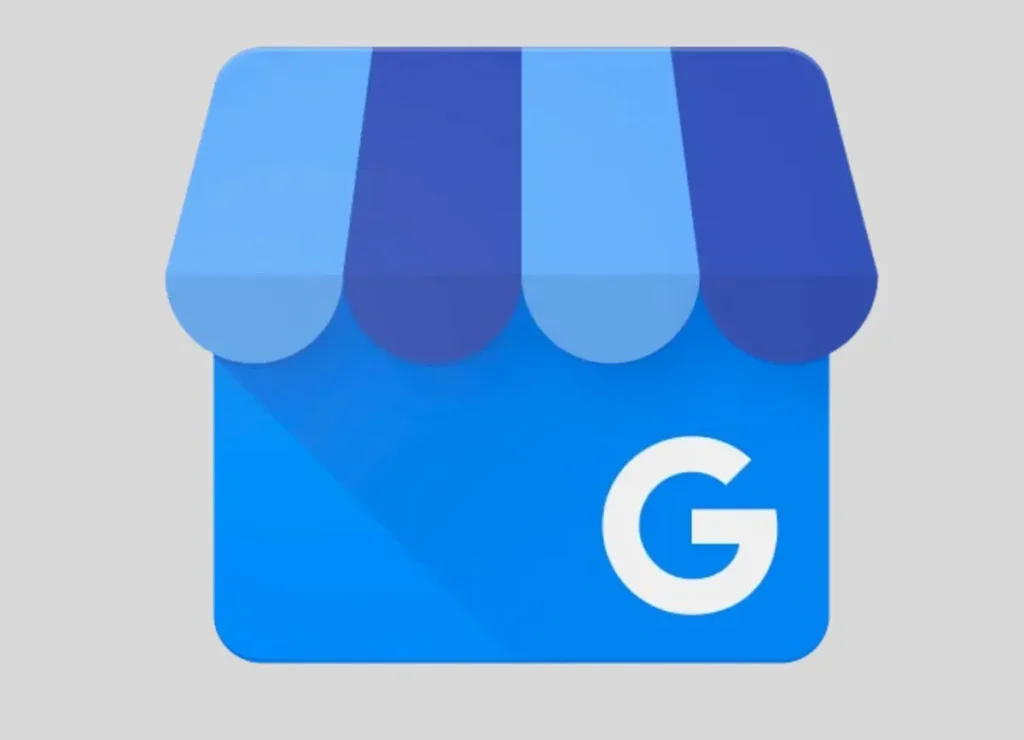
Google Local Service Ads are designed to target local customers and strengthen the position of local businesses. Specifically, when setting up the LSAs, you’ll determine which services you wish to offer. When local users search for this service, your ads are more likely to be the first thing they see in the search engine rankings. Several factors influence this: your working hours, how close the users are to you, your ranking, your reviews, and how quickly and well you have responded to inquiries.
For example, if you have a cleaning services business in Denver, Colorado, and work around the clock, a person from Denver is likelier to see your ad than someone who does the same business in Phoenix.
In addition, LSAs may contain a business profile with important information, such as calling times, phone numbers on which customers can contact you, the location of the office, and reviews. As a result, this ad can be used to make an informed real-time decision, as Google puts it before all other searches. This advertising approach enables local businesses to get more traction and leads, which in turn improves sales and ROI.
Google Local Service Ads vs. Google Ads: Know the Difference
There are two distinct forms of advertising on the Google platform: Google Local Service Ads and Google Ads. Both have various goals, ad locations, and bidding techniques. However, both types of advertisements share certain parallels, such as the fact that Google sponsors them. You should know a few distinctions between them while choosing the best for your company or business.
Key Differences Between Local Service Ads and Google Ads
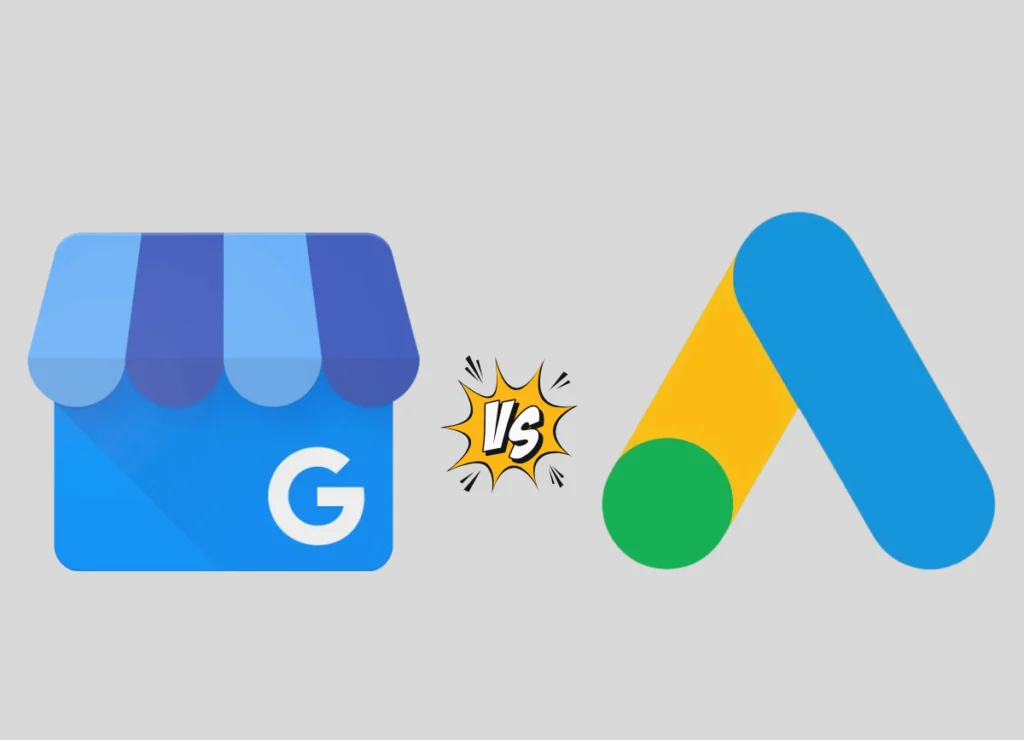
| Feature | Local Service Ads | Google Ads |
| Reach and Audience | Specifically targets local service providers aiming to connect with nearby customers. Allows the use of geo-targeting to connect the business’ service provider and potential customers who are physically close to the business. Suitable for businesses aimed at users who need products at the moment or are ready to make decisions on the purchase quickly. | Designed to reach a wider audience, allowing businesses to expand their reach nationally or internationally. The format has a variety of targeting options for the audience based on goals, such as certain regions, countries, or even a specific interest and behavior online. |
| Ad Placement | Shows at the very top of Google search results. Acts as one of the best options for local service providers because it offers maximum visibility and preference. | Placements depend on the type of ads: these could be the top or the bottom of the search results, the Google Display Network, or even YouTube, to name a few. |
| Bidding Strategy | Works under the pay-per-lead model, in which the advertiser is charged only if a potential customer connects with the business through the ad. Primary dependence on Cost Per Lead as a measure of performance. | Works under pay-per-click, where the advertiser must pay every time a user clicks on the ad. Focuses on metrics like Click-Through Rate, Conversion Rate, and Cost Per Click to assess an ad’s performance. |
| Cost | Cost per lead is in the range of US$10 – US$225 but very dependent on the industry; the average for HVAC, Cleaner must be 2-3 times lower. Bidding on the Search Network can be very expensive, as it is likely to bring the highest quality leads, generating the best results for advertisers. | The average CPC is from US$1 to US$4 on the Search Network, highly dependent on the industry, market behavior, and competitiveness of a particular keyword. |
| Keyword Research | Google performs keyword research for businesses; less control over ad customization opportunities. | Advertisers do keyword research and provide thousands of keyword options, ranging from local to broad search terms. Targets your keywords based on what the customer is searching for and how relevant it is to the business. |
| Google Guarantee and Screened | Ad offers a Google Screened or Google Guaranteed badge for potential credibility and trust for the business. Businesses are verified with a Google Guarantee badge that they’ve been background checked and meet the qualification standards. The Google Screened badge verifies the licensing of the professionals and services in its applicable industries. | Google Guarantee or a Google Screened badge is not offered. Customers may need to do their own research to know if the business or brand is credible. |
| Major Differences | Pay-per-lead model; greater placement in search results; predetermined information about a product or service. Availability only in specific industries and types of jobs. Simplify the ad process as the information is predetermined. | Pay-per-click; diverse placement of an ad; ad customization; ad creation for businesses. For different companies and industries across the globe; thus, the advertiser can reach a wider audience. |
Conclusion
If you are a small business owner, combining Google Ads and Local Services Ads may help you maximize your advertising return on ad spend. Your local geography, target audience, and type of business will determine which platform is the most appropriate option for your advertising campaign.
If you are still pondering how to improve ROAS for Google Local Service Ads vs. Google Ads, we can help. Our power-packed PPC team at Website Pandas will assist you in creating the most impactful advertising campaigns based on your business objectives and respective budgets. Contact us to schedule a marketing strategy consultation.
FAQ’s
Which Is Effective: Google Ads vs. Local Service Ads?
Local service ads could be a better overall option for local businesses that fit the requirements. These ads feature your company as a reputable industry leader, only appear when consumers search for your particular business type and operate on a pay-per-lead basis rather than a pay-per-click basis.
Are Google Local Service Ads Worth It?
Local search ads would be beneficial if you want to promote your brand and offerings locally, generate quality leads, and raise awareness. Pay-per-lead advertising means that you will only be charged for new leads generated. Google Ads, however, can be a better choice if you want to rank for particular phrases and reach a larger audience outside of your local region.
When Should You Not Use Google Ads?
Although Google Ads can increase your search engine ranking and attract new clients by sharing your services and offerings, they are not always the most effective method of promotion.
It’s not advisable to use Google AdWords if you (1) lack confidence in conducting your term research, (2) only provide local services, (3) spend less on advertising, and (4) have already unsuccessfully utilized the platform.
Can I use both Local Services Ads and Google Ads?
You can use both, yes. Many companies use Google Ads for more comprehensive internet marketing campaigns and Local Services Ads to target local clients.
Are Local Service Ads worth investing in?
To determine whether an ad campaign is truly worthwhile, you may compare the cost-per-lead generated by Local Service Ads with that of other efforts. It also depends on your target market, goals, and type of business. Despite being more costly than other ad formats, local service ads provide greater returns on investment as they connect with qualified and prospective customers.

